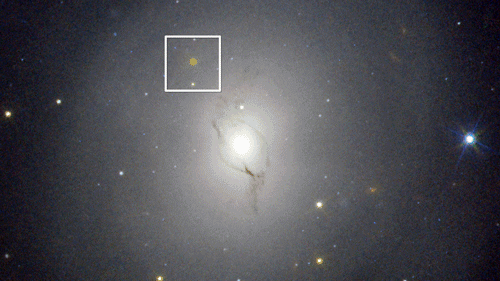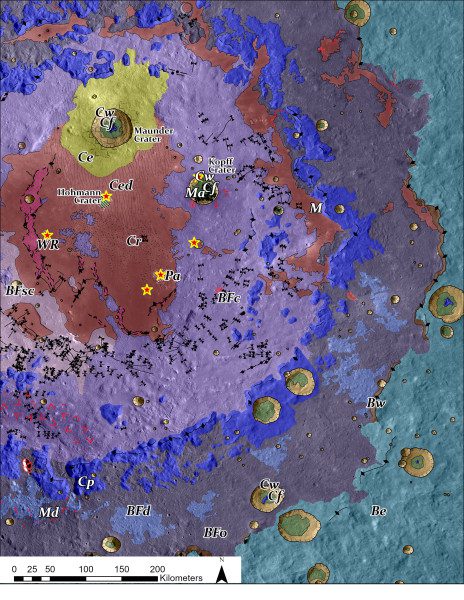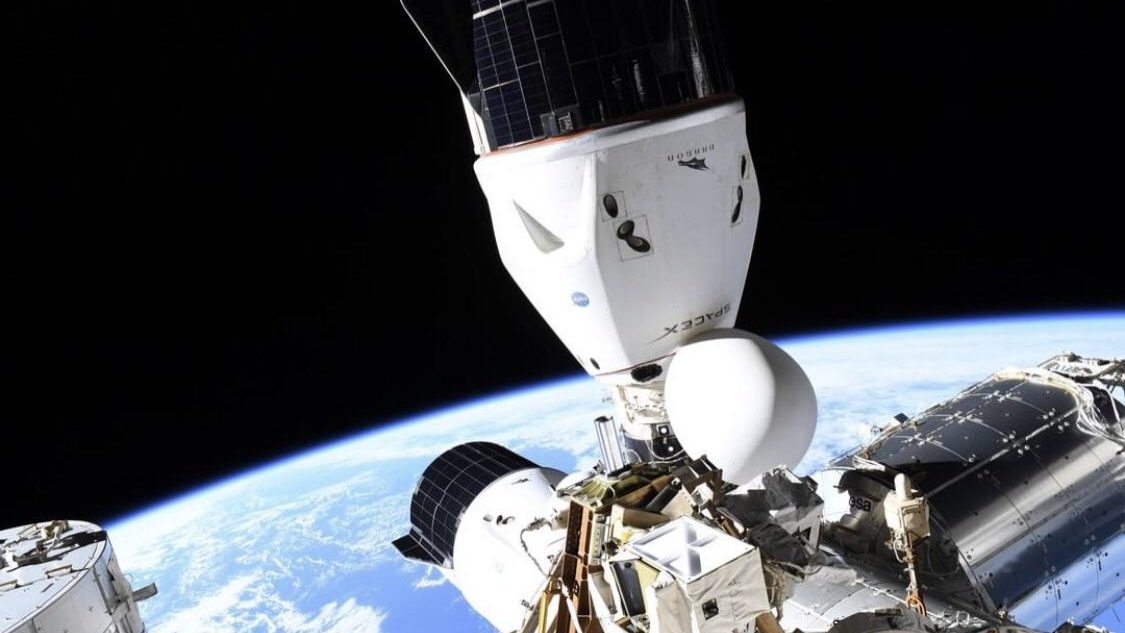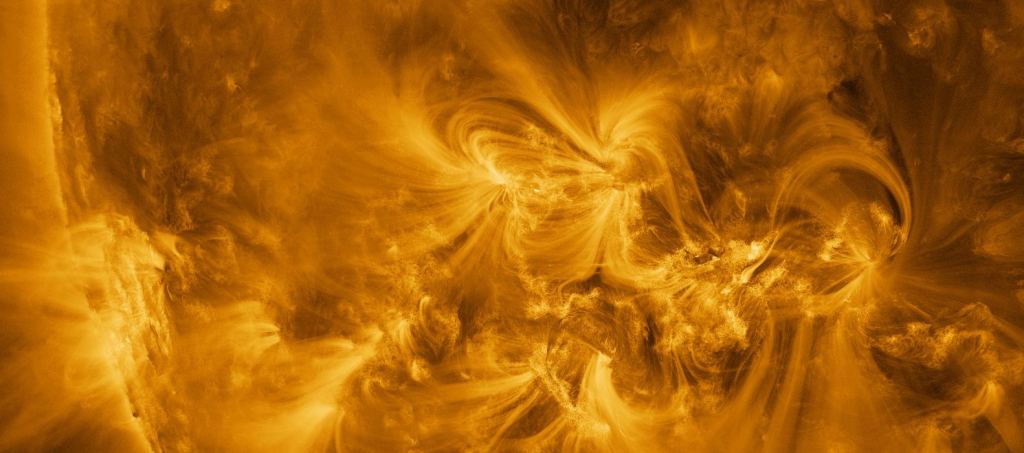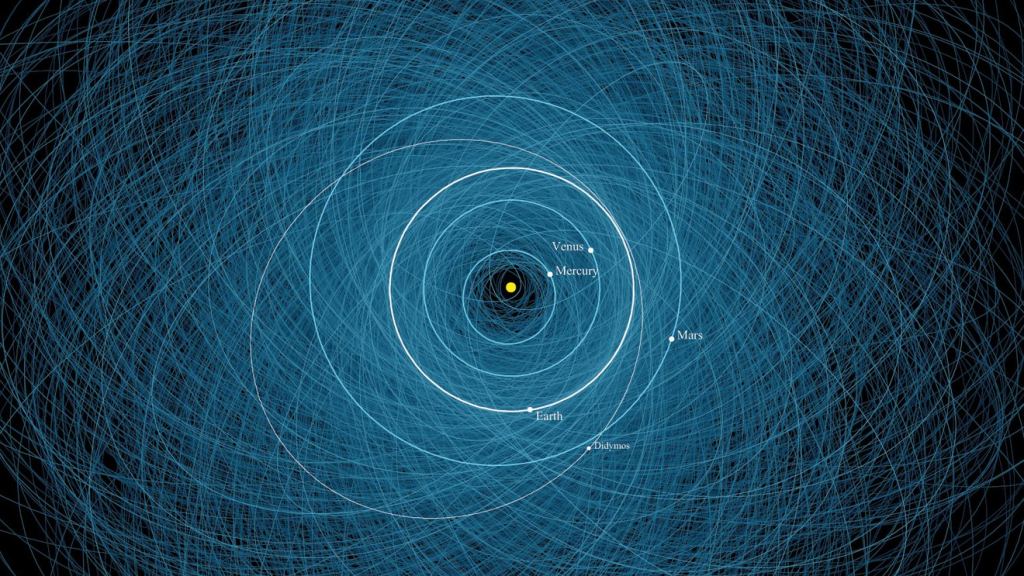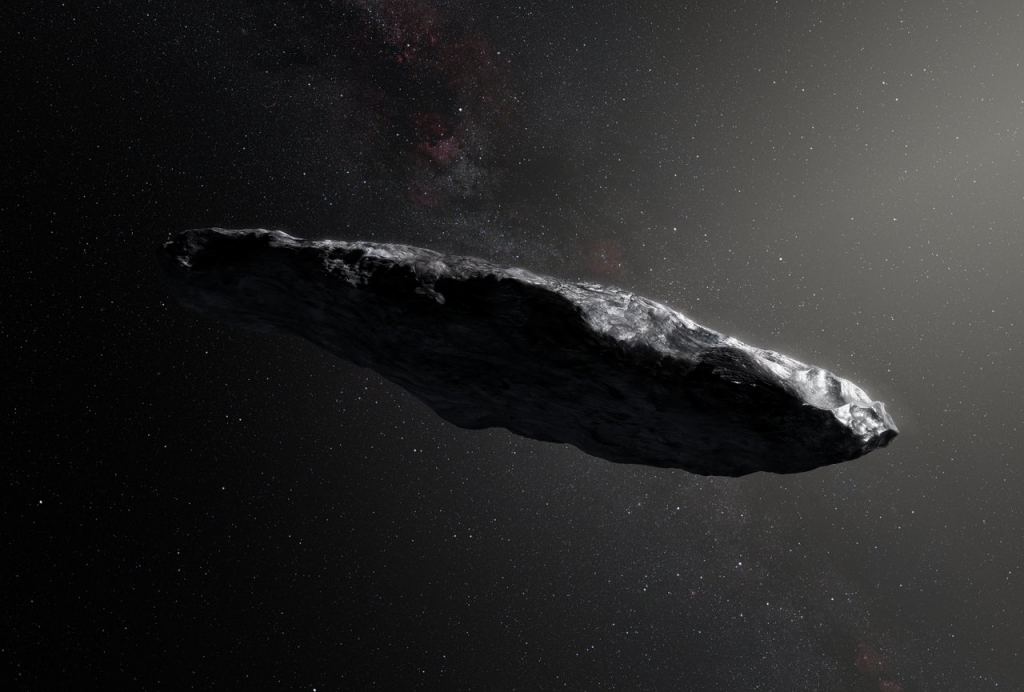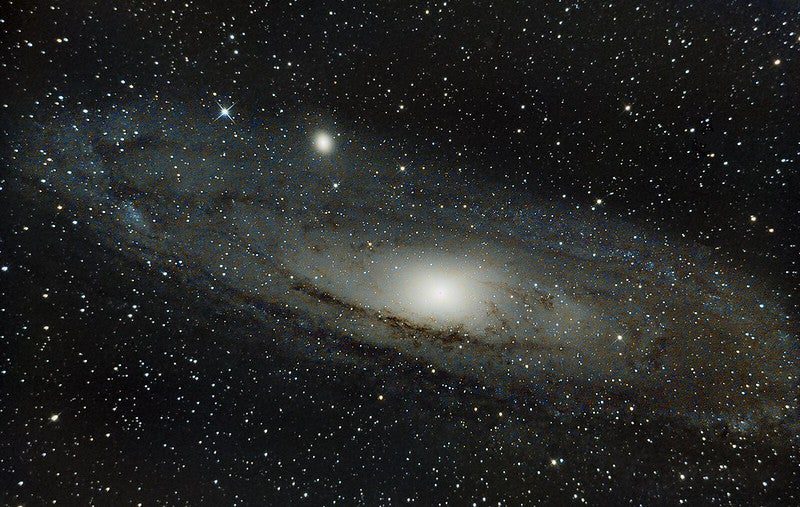Gravitational waves could turn colliding neutron stars into ‘cosmic tuning forks’
Scientists have discovered a new way to probe the interiors of neutron stars by using gravitational waves to turn them into “cosmic tuning forks.” The reverberations of such ripples in spacetime could reveal the interiors of these extreme stellar remains. Born when massive stars die, neutron stars have up to two times the mass of … Read more
